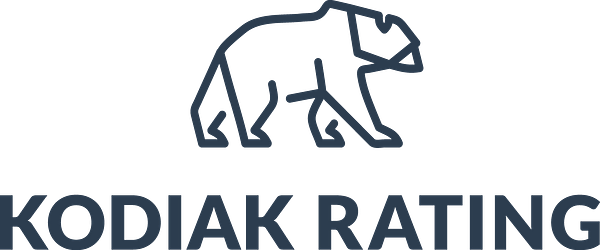News -
Primark proves that Supply Chain Transparency is the New Normal.
Transparency is the name of the game, and Primark is playing the game well.
Primark, British retail giant, is giving a whole new name to product transparency with their new online tool. As member of the Sustainable Apparel Coalition, Primark has joined a group of forward thinking apparel brands in the fight towards a more sustainable, transparent, socially and environmentally just production/retail of products.
For this reason, Primark has developed their Global Sourcing Map. The Global Sourcing Map is an online portal, showing a world map, where consumers can access information regarding the location, number of workers and gender breakdown of workers at all of Primark’s suppliers’ factories around the globe.
To be listed as a supplier on the sourcing map, there are certain requirements. Suppliers, first and foremost, must be a supplier to Primark - for at least one year - before they can appear on the map.
“During the first year, a factory has to demonstrate that it can consistently work to Primark’s ethical standards, as well as meet our commercial requirements in areas such as quality and timely delivery. Factories featured on the map produce over 95 percent of Primark’s products for sale in our stores,” stated a spokesperson from Primark (sustainablebrands.com).
Transparency between big business and consumers is becoming an increasing concern for the global supply chain, and organizations everywhere. The consumer consensus of today is that, there lies value and direct trust within publicly shared business information.
Katherine Stewart, Ethical Trade and Environmental Sustainability Director at Primark stated, “We know consumers and stakeholders are interested and we thought that publishing the Global Sourcing Map was a big step on that journey. We will continue to look at what we feel might be useful or interesting as we continue to develop our program”.
While this is a step in the right direction for Primark, there are a plethora of companies (including members of the Sustainable Apparel Coalition) that continue to hold this kind of supplier-based information away from the public eye.
This makes one wonder; do these companies have transparency into their own supplier-related data?
A focus on supplier relationship management, and its impact on the responsible sourcing process will continue to be a trend in sustainability and procurement teams globally. Accessing and utilizing internal supplier-data will be crucial in the future of sourcing transparency.
Related links
Topics
- Finance
Categories
- sustainability
- supply chain management
- supply chain
- supplier relationship management
- environment
- business
